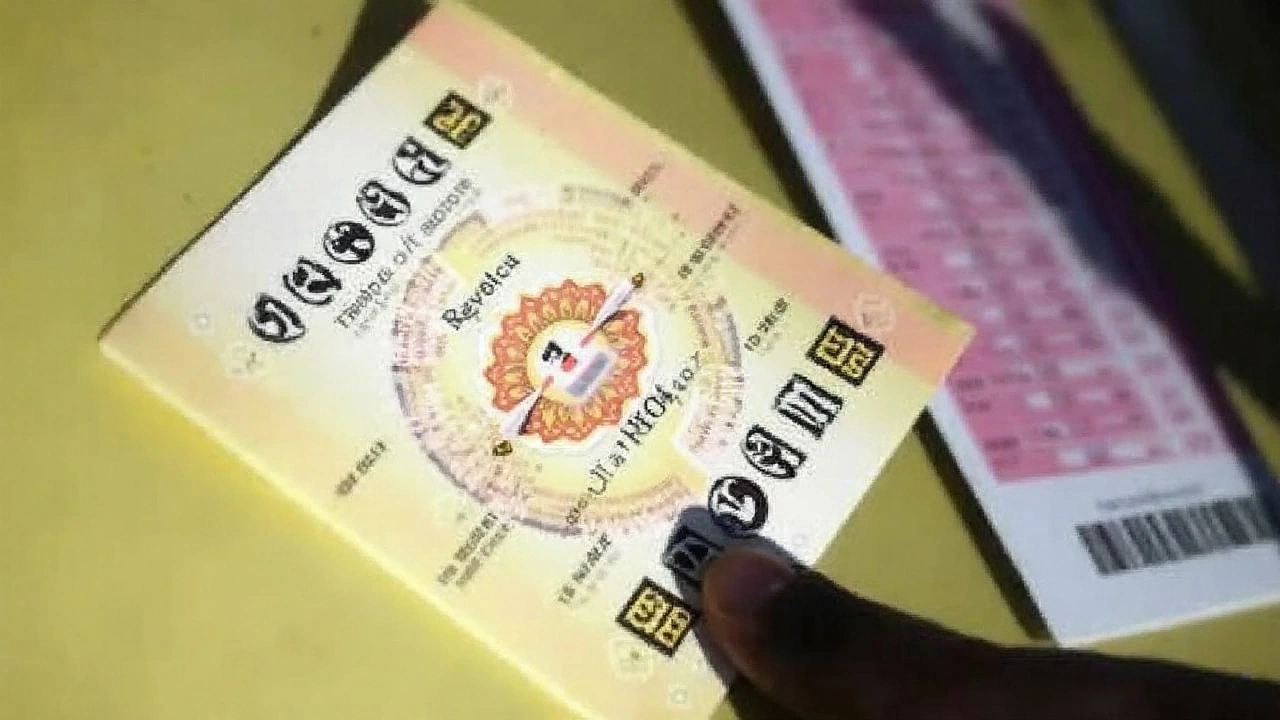Urban Development: What’s Shaping Our Cities Today?
Ever wondered why some cities feel lively while others feel stuck? The answer lies in urban development – the mix of planning, building, and managing the spaces we live in. From walkable neighborhoods to green roofs, the choices made today affect everything from traffic jams to air quality. Below, we break down the biggest trends and give you simple steps you can use whether you’re a city official, a developer, or just a curious resident.
Key Trends Shaping Modern Urban Development
First up, sustainability is no longer a buzzword; it’s a requirement. Cities are adding more parks, bike lanes, and public transit options to cut down on car use. Green infrastructure, like rain gardens and permeable pavement, helps manage stormwater while keeping streets cooler.
Second, technology is turning ordinary streets into "smart" corridors. Sensors collect data on traffic flow, air quality, and energy usage. That data lets officials adjust traffic lights in real time or warn residents about heat spikes before they become dangerous.
Third, mixed‑use developments are gaining ground. Instead of separating homes, offices, and shops, developers are stacking them together. This creates neighborhoods where you can grab coffee, work, and go to the gym without hopping into a car.
Finally, affordability remains a core challenge. Many cities are experimenting with inclusionary zoning, which requires new projects to reserve a portion of units for lower‑income households. Coupled with tax incentives for developers, this approach aims to keep housing within reach for a broader range of people.
Practical Steps for Smarter City Growth
If you’re looking to make a tangible impact, start with community involvement. Host local workshops where residents can voice what they need – more sidewalks, better lighting, or safer playgrounds. When planners listen early, projects tend to be smoother and more accepted.
Next, prioritize data‑driven decisions. Even a simple traffic count can reveal where bottlenecks happen. Use free tools like OpenStreetMap or city open‑data portals to gather information before proposing changes.
Invest in small‑scale pilots before rolling out big projects. A pop‑up park or a temporary bike lane can test ideas without huge sunk costs. If the community loves it, you have proof to secure larger funding.
Don’t forget the power of partnerships. Team up with local businesses, schools, and NGOs to share resources and spread the word. Joint initiatives often bring in extra funding and keep projects grounded in real needs.
Lastly, keep an eye on future‑proofing. Choose building materials that last, design flexible public spaces that can adapt to new uses, and embed renewable energy wherever possible. These foresighted choices save money and reduce environmental impact over time.
Urban development isn’t a one‑size‑fits‑all recipe. It’s a blend of local context, smart tech, and sustainable practices. By staying curious, listening to residents, and testing ideas on a small scale, you can help shape cities that work better for everyone.
On the second day of the three‑day draw, the Lucknow Development Authority awarded 155 plots in the Anant Nagar housing scheme to roughly 2,300 hopefuls. The massive 785‑acre project promises modern infrastructure, extensive green spaces and homes for about 150,000 residents. Registrations for the second phase attracted over 8,500 applicants, highlighting the demand for affordable urban housing in Lucknow.
